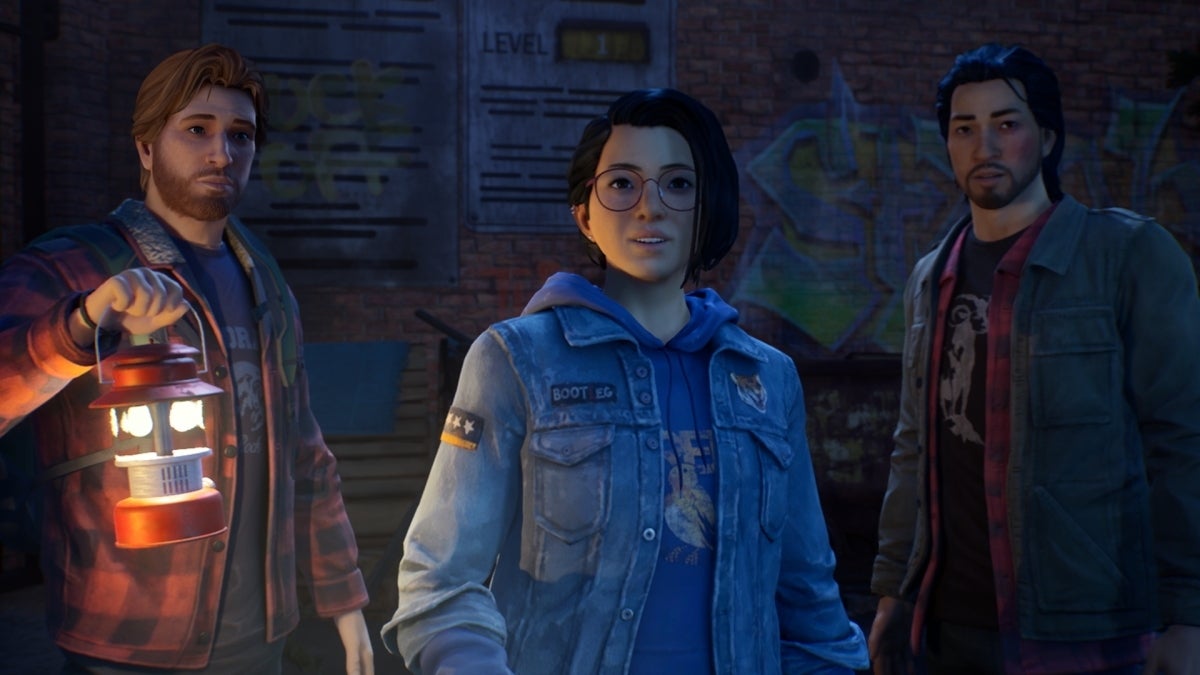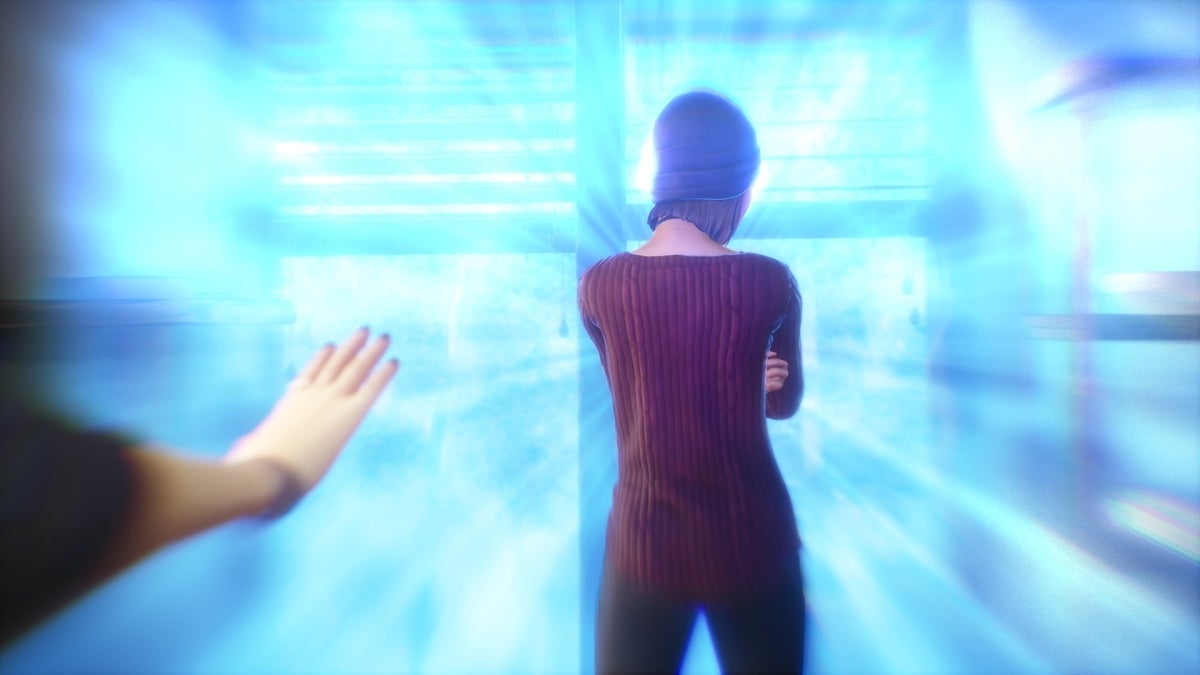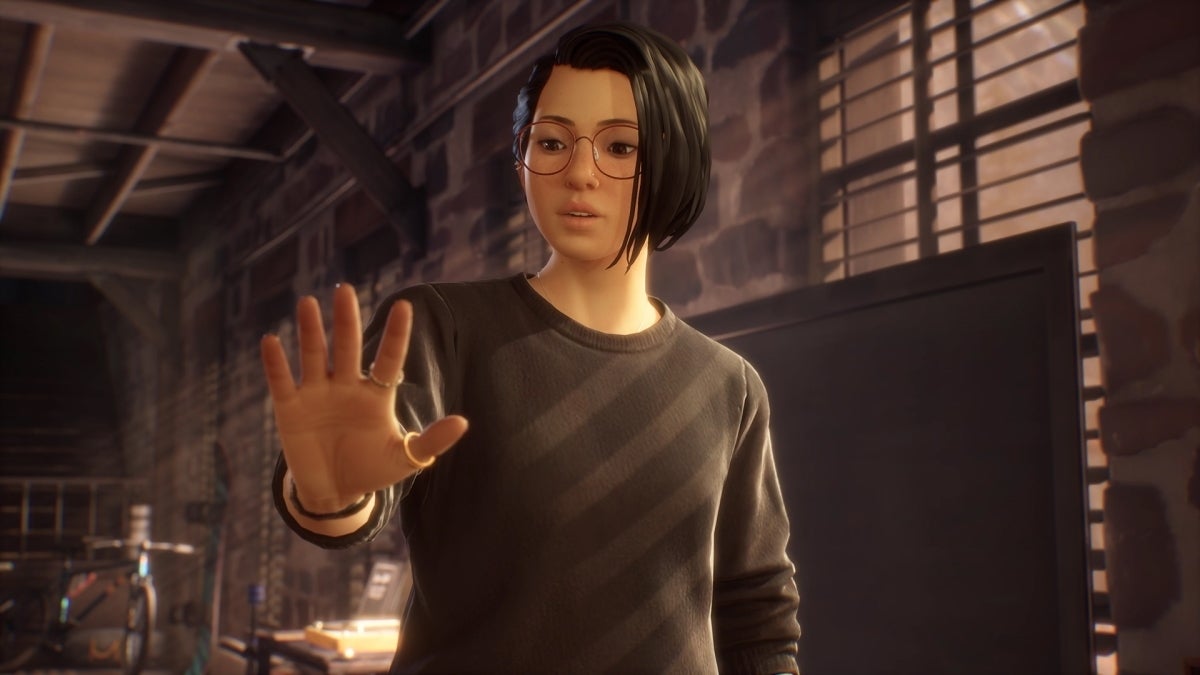Video games are no stranger to playing with emotions, but Life is Strange: True Colors is notable for explicitly allowing people to literally play with emotions. Protagonist Alex Chen’s whole deal is the ability to read the emotions of other people, and while that in and of itself could be particularly heavy, the video game also kicks off first by setting the stage for her to explore the mystery of her brother’s death. It is… a lot. Never quite too much, but a lot, and Life is Strange: True Colors mostly handles itself well considering.
Videos by ComicBook.com
As with the previous Life is Strange video games, Life is Strange: True Colors is largely about exploration and choices. In this particular instance, it’s the cozy and quaint Colorado mining town of Haven Springs and its inhabitants and all of the intricacies of their life. There’s the friendly ranger Ryan, the record store employee Steph, local tavern owner and former miner Jed, and more. And, of course, there’s Alex’s brother, Gabe. At least for a little bit.

It is difficult to talk about Life is Strange: True Colors without revealing too much of the story, but it seems fair to say that Gabe’s death comes early and hangs over Alex and the rest of the town for the rest of it. What really happened to Gabe? Who or what is responsible? And why? And how do Haven Springs residents — all of which had some connection to Gabe, what with it being a small town — deal with the fallout?
This is where Alex’s psychic ability of Empathy comes in handy. While she initially considers it something of a curse, Alex can basically see and experience the emotions of others. The gameplay mechanic for this is the ability to see colorful auras emanating from people and objects, and if Alex focuses (and the player hits a button) these can provide insight into how they are feeling, what they are thinking, and even plays bits of associated memories.

It is a fairly direct way of gathering information that otherwise would not be available to the player, and it also tangles with concepts that are rarely black and white like privacy, consent, and so on. As Alex grows into her power, her ability to manipulate people or simply help them grows too, but so too do the consequences. More often than not, it is hard to say whether Alex is making a right or wrong decision so much as simply making a decision and living with whatever comes next.
The difficulty with any game like this is essentially twofold: making the mystery actually a mystery and having a world that actually feels like people live in it. Life is Strange: True Colors manages both, though I did manage to guess how the full puzzle fit together right before the fifth and final chapter. Arguably, this is basically the intended result of my thorough in-game investigation and natural personal affinity for gnawing at whatever pieces in front of me until a solution emerges, but it still felt poignant and poetic, even if I had already resolved it for myself, to see it all play out on the screen.

In general, it is the small things, both positive and negative, that really stand out in Life is Strange: True Colors. The playable arcade cabinets, the chapter that more or less turns the whole conceit of the game’s mechanics on its head, and the scenes where you can just… take some time to decompress are all personal favorites. But the moments where Alex would stop running because she hit an invisible wall or trigger of some kind and I’d need to toggle it again and the relatively infrequent graphical glitches marred an otherwise enjoyable experience.
In one particular instance, Alex and Ryan were having an emotional scene together when the camera zoomed on Ryan’s face to better capture his emotions. When it panned out to show both Ryan and Alex, Alex’s model had somehow reverted to T-pose, the constantly memed character model pose with her standing straight up, arms out to her sides. This fixed itself after a couple of seconds, but it was a bizarre intrusion into the moment.
Life is Strange: True Colors grapples with some heavy emotions — literally and figuratively — and manages to stick the landing more often than not. The various chapters range from fine to great, with more being somewhere just above good than not. Its choices felt meaningful, its dialogue largely heartfelt, and I’m still thinking about the ending days later. It’d be easy to boil the game down to being a glorified empathy simulator, but the reality is that Life is Strange: True Colors is more complicated, more beautifully complex than that. And for a game in part about the manifestation of emotional resonance, it does end up being emotionally resonant. It’s hard to ask for more than the delivery on that promise.
Rating: 4.5 out of 5
Life is Strange: True Colors is set to release for the PlayStation 5, PlayStation 4, Xbox Series X, Xbox Series S, Xbox One, PC via Steam and the Windows Store, GeForce Now, and Google Stadia on September 10th. A PlayStation 4 code was provided by the publisher, and it was reviewed on a PlayStation 5. You can check out all of our previous coverage of Life is Strange: True Colors right here.








